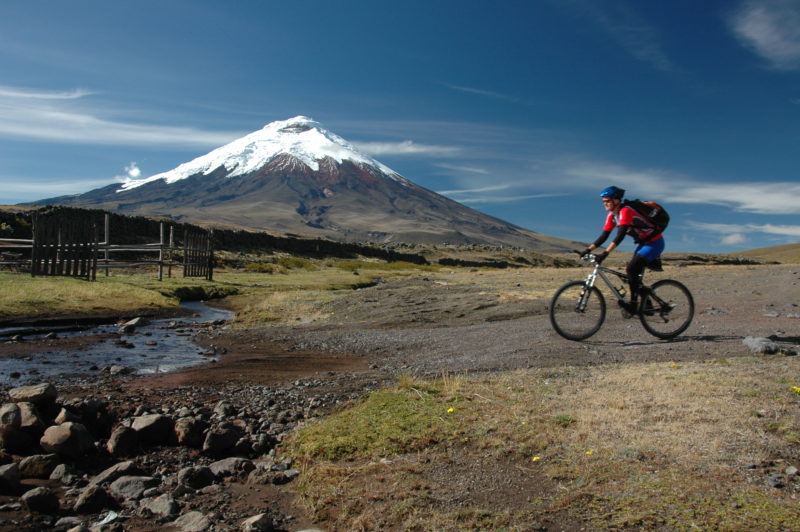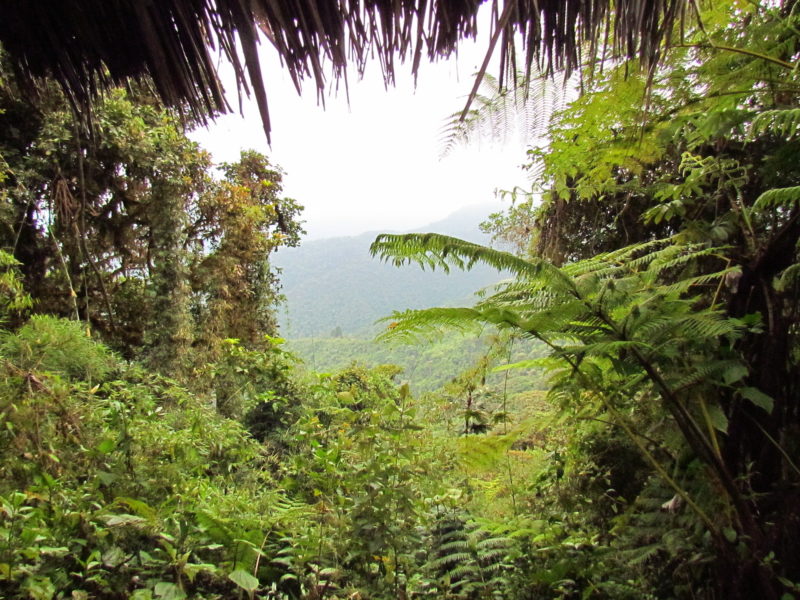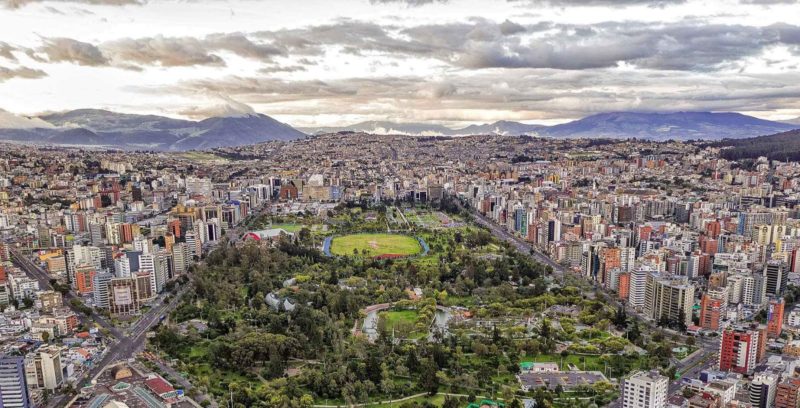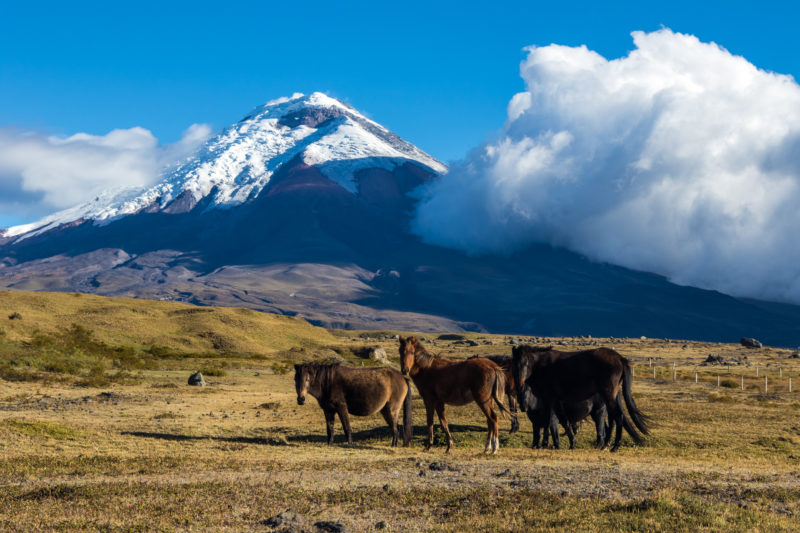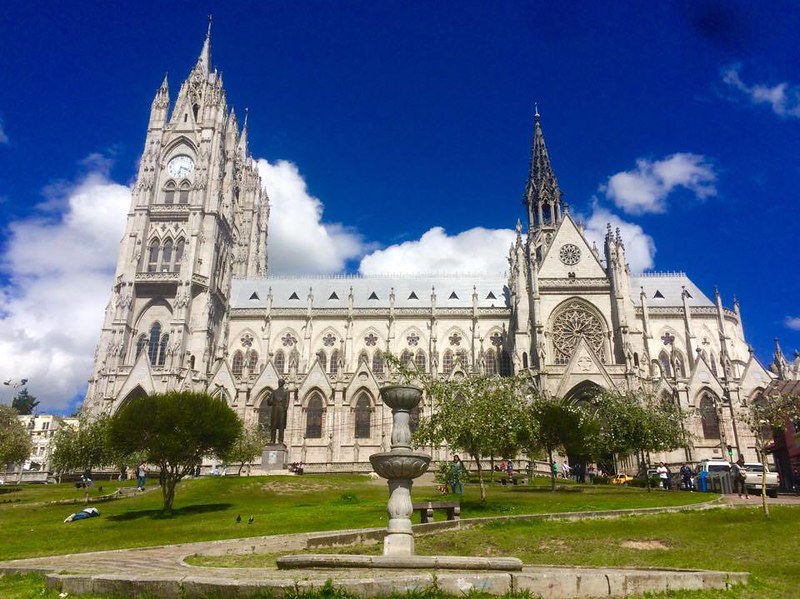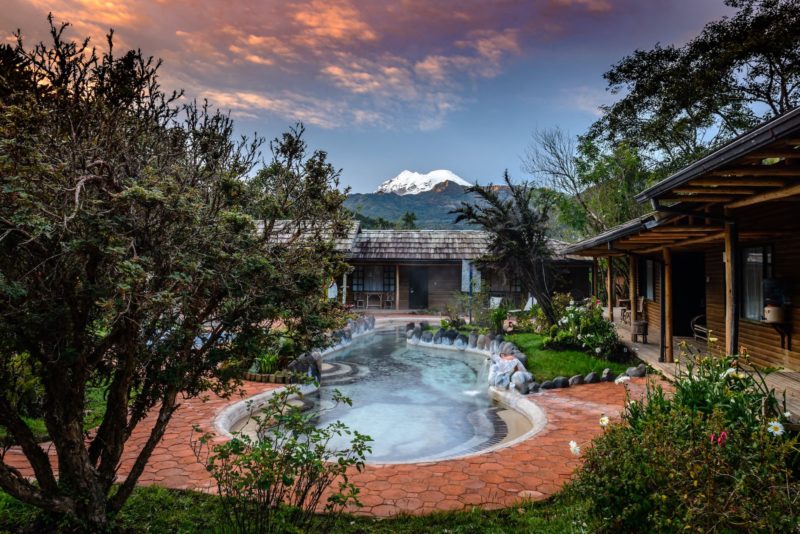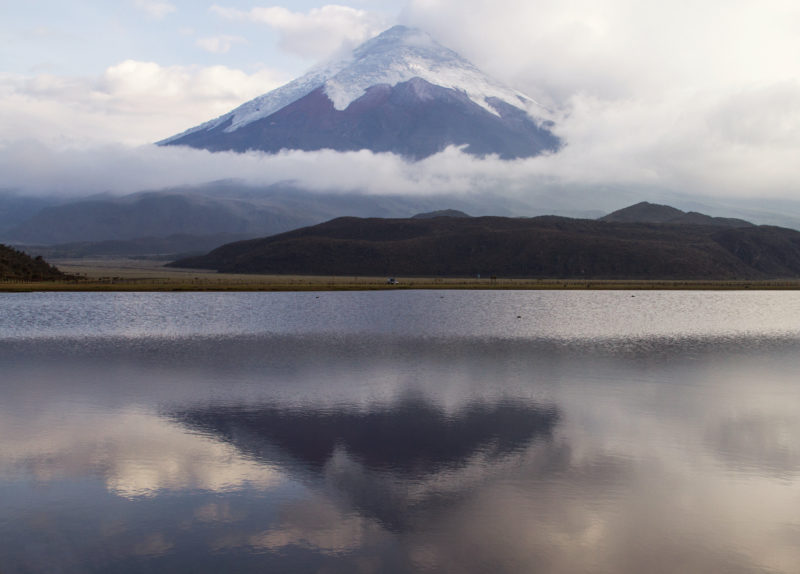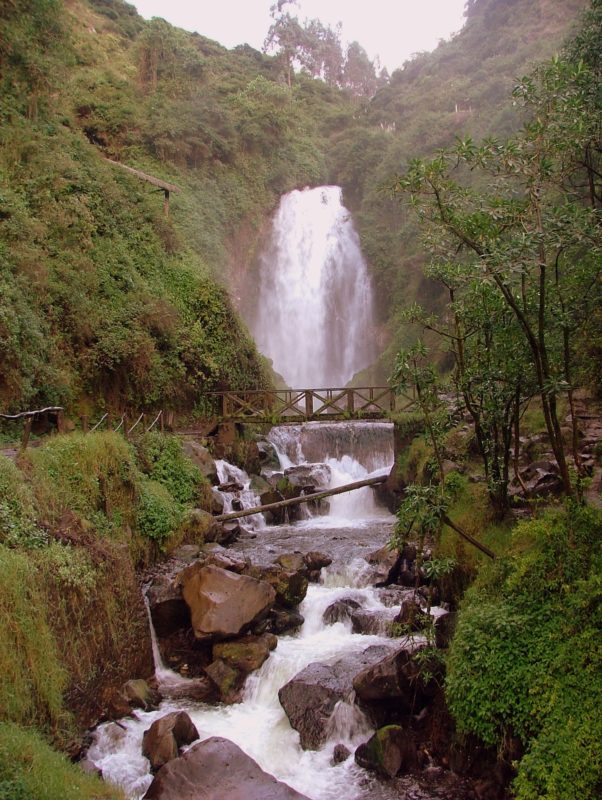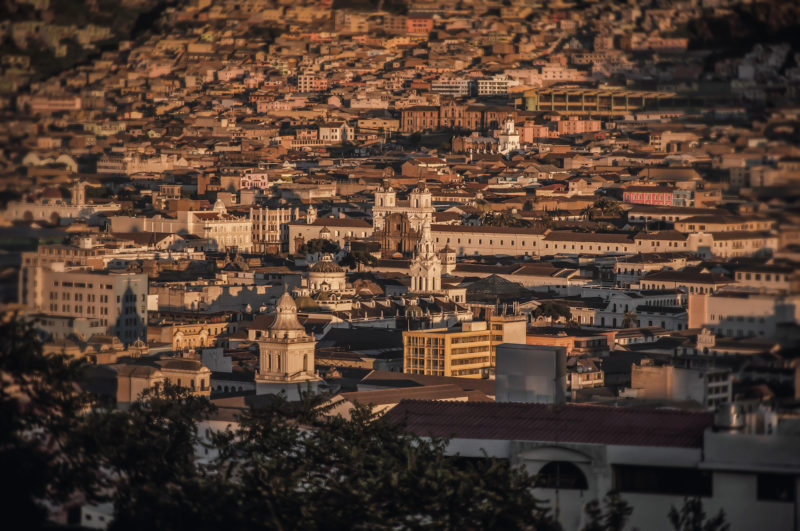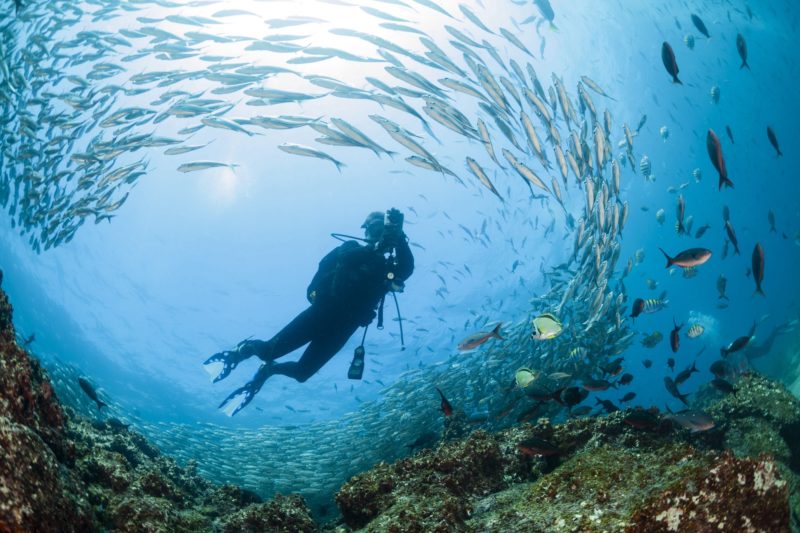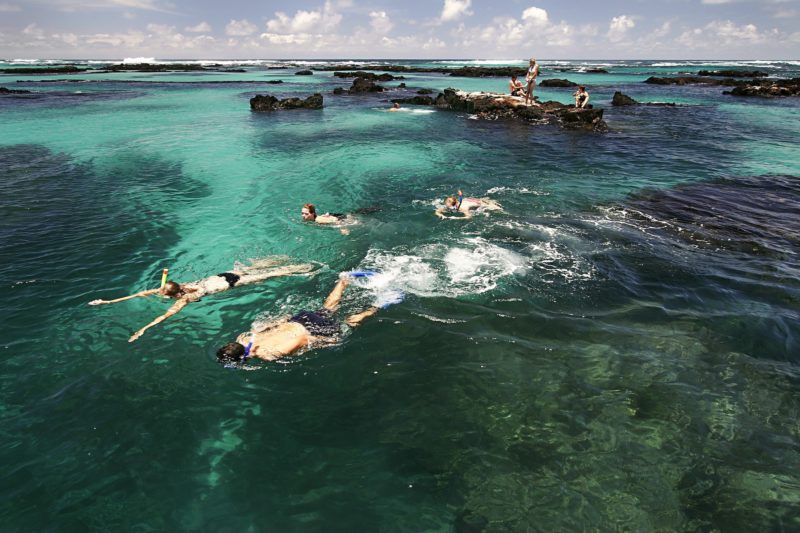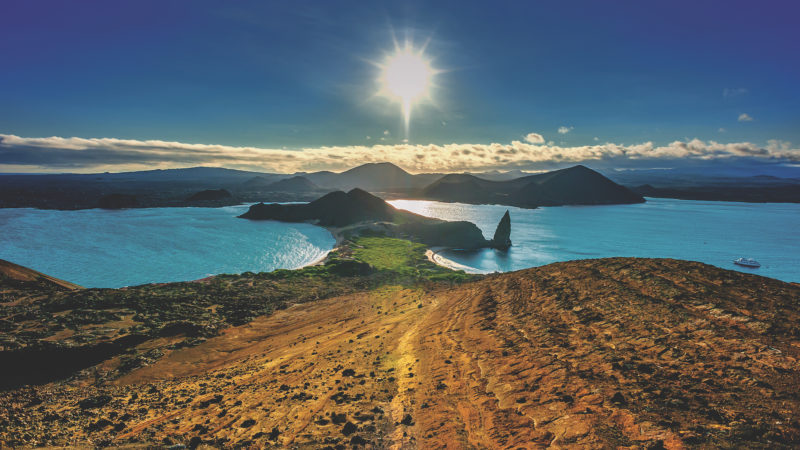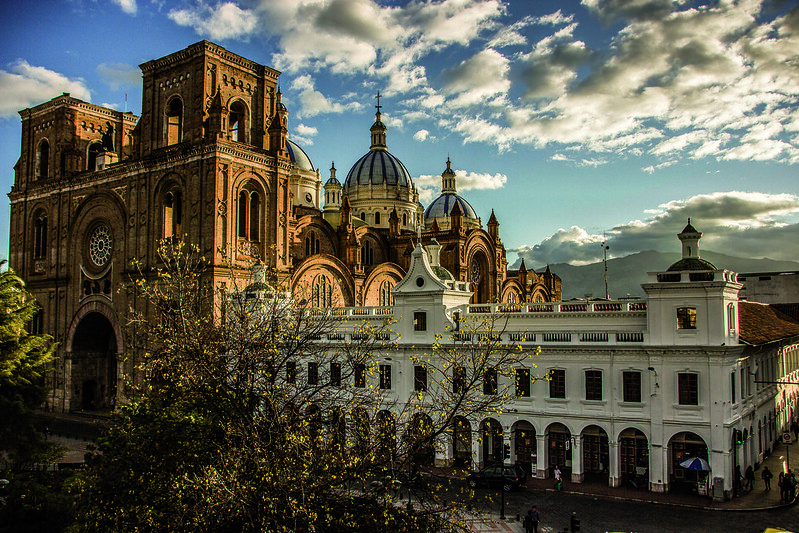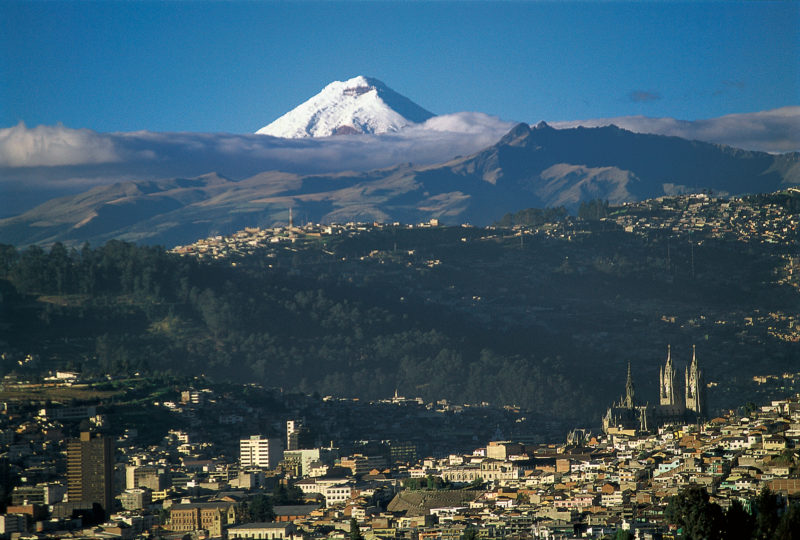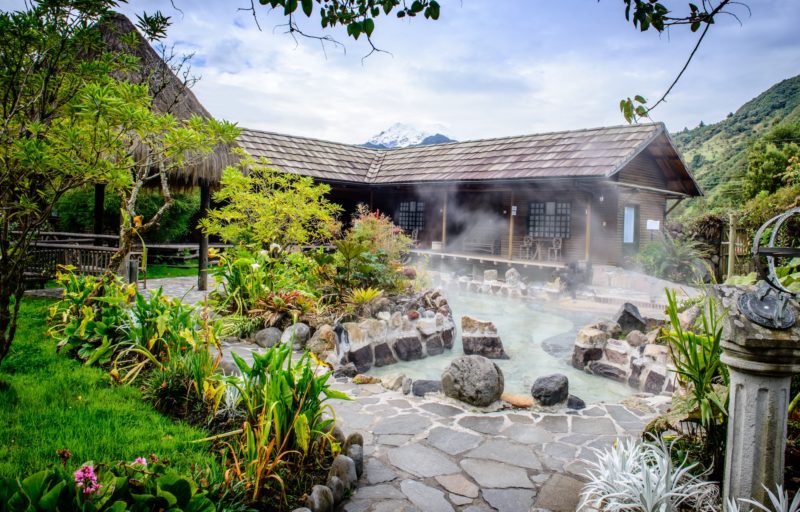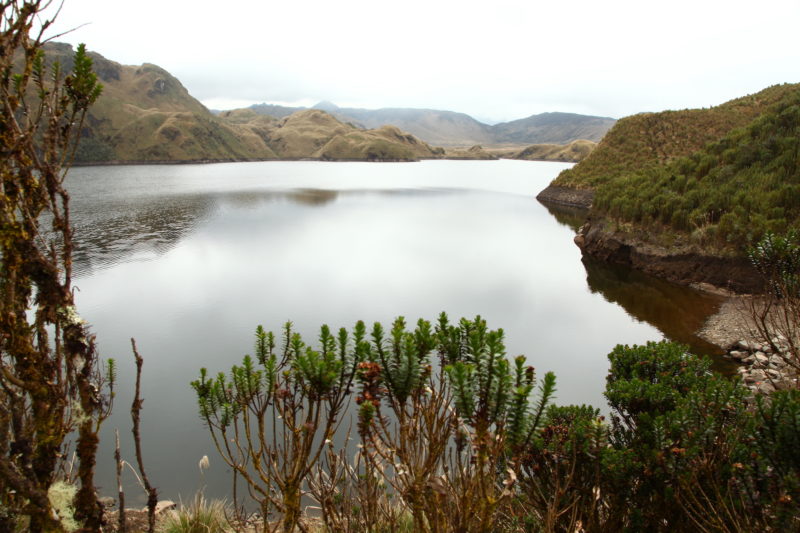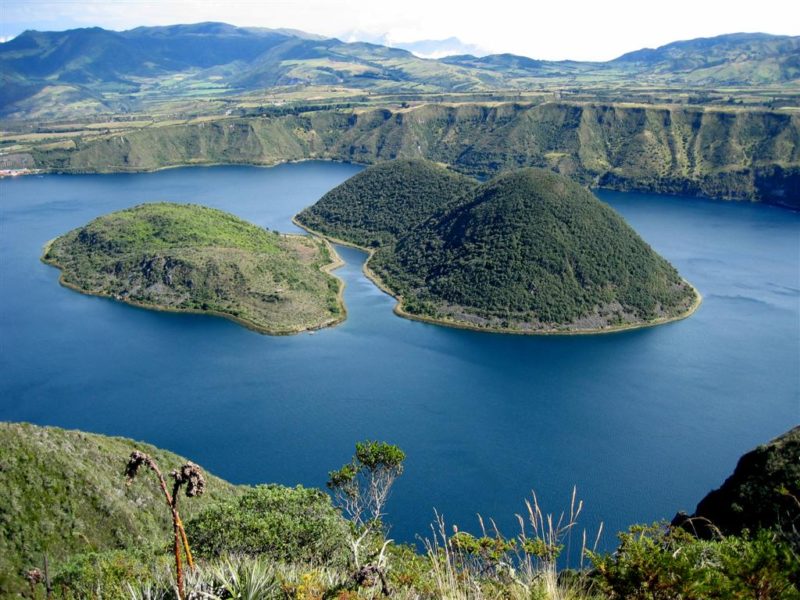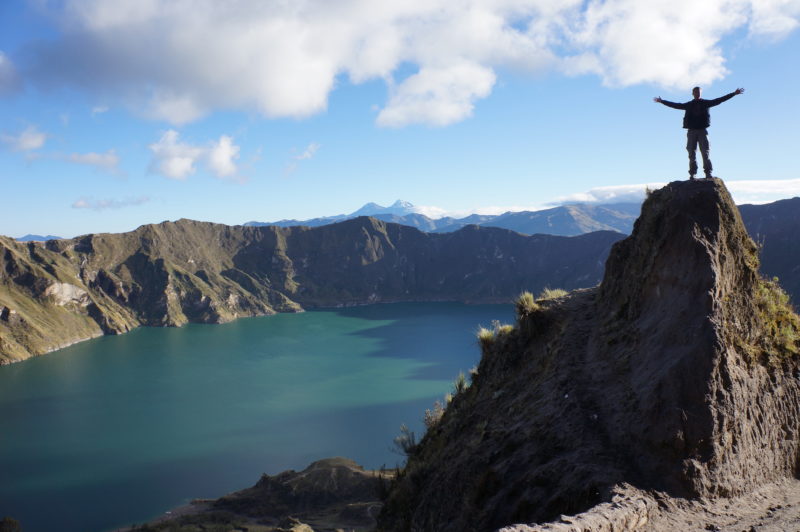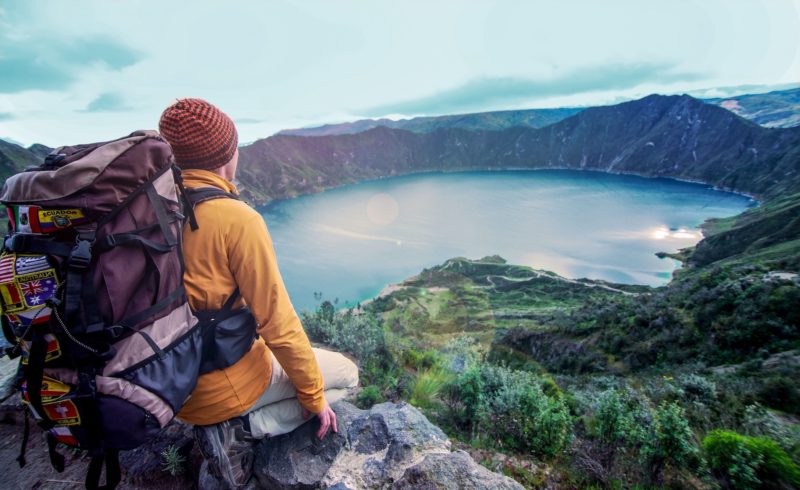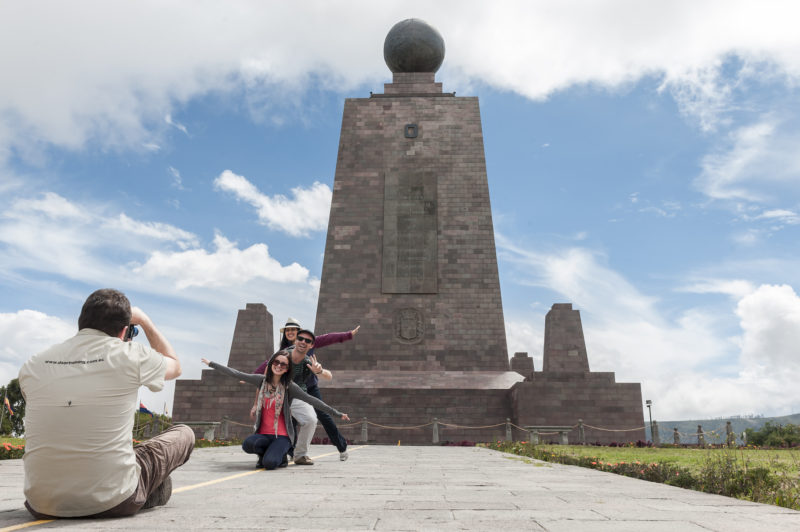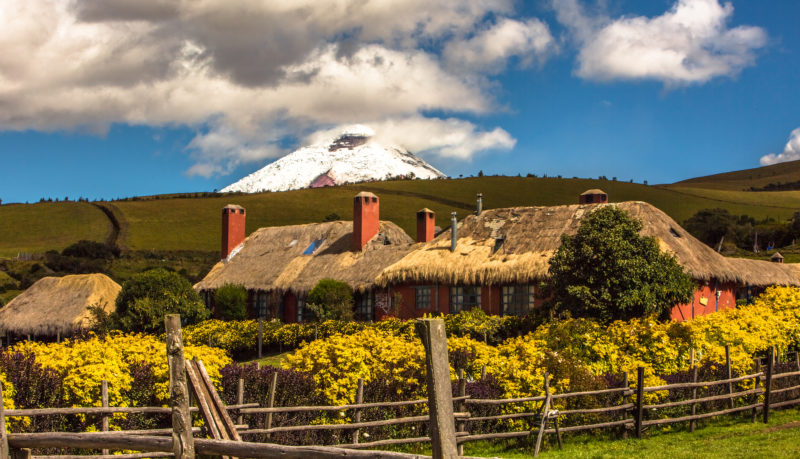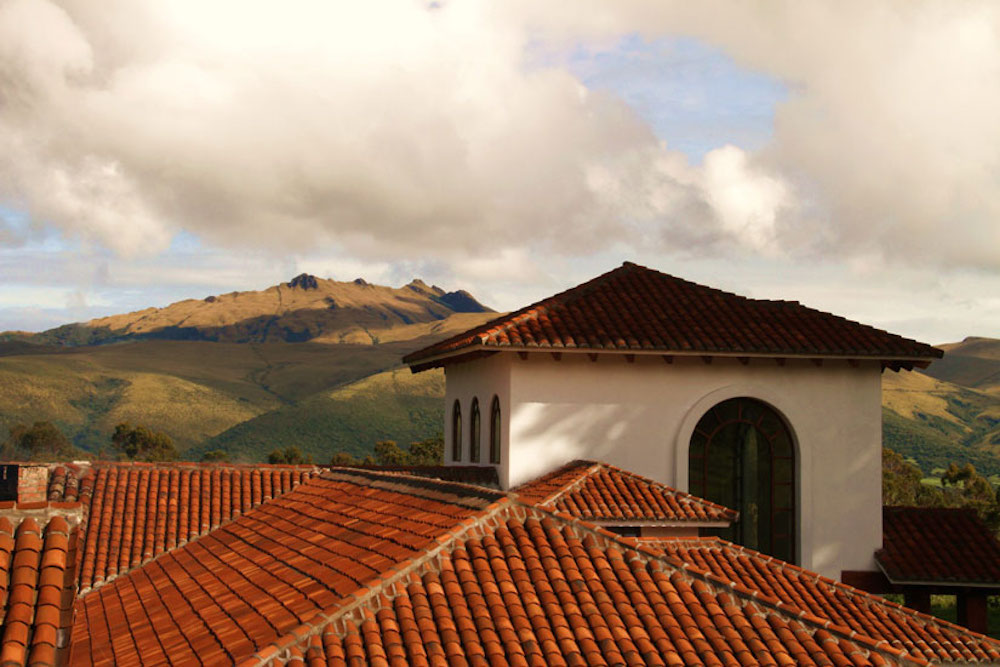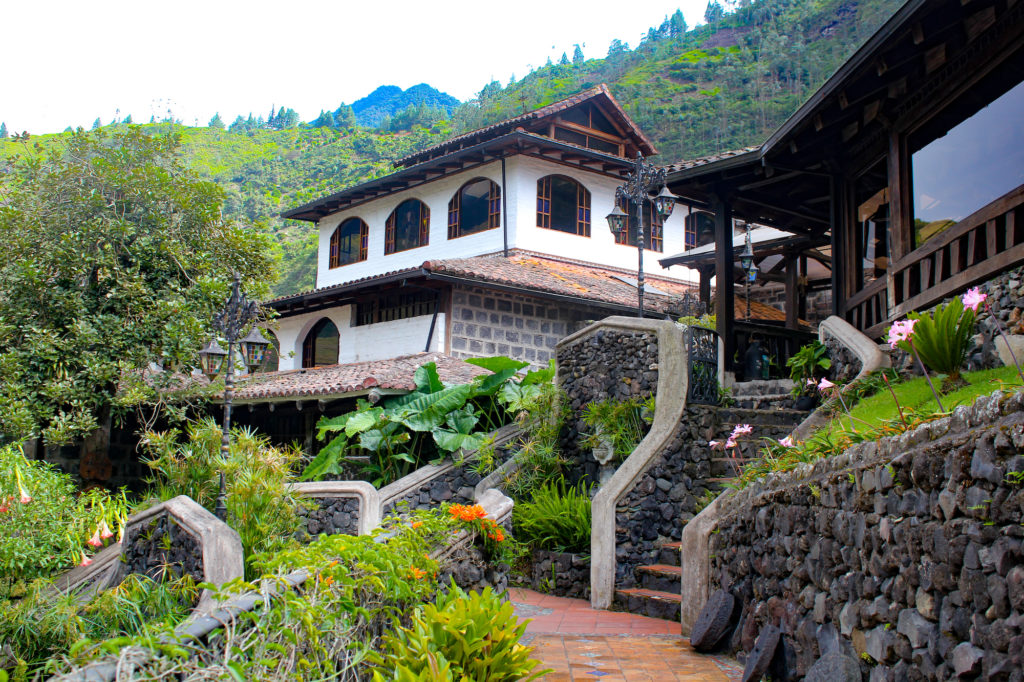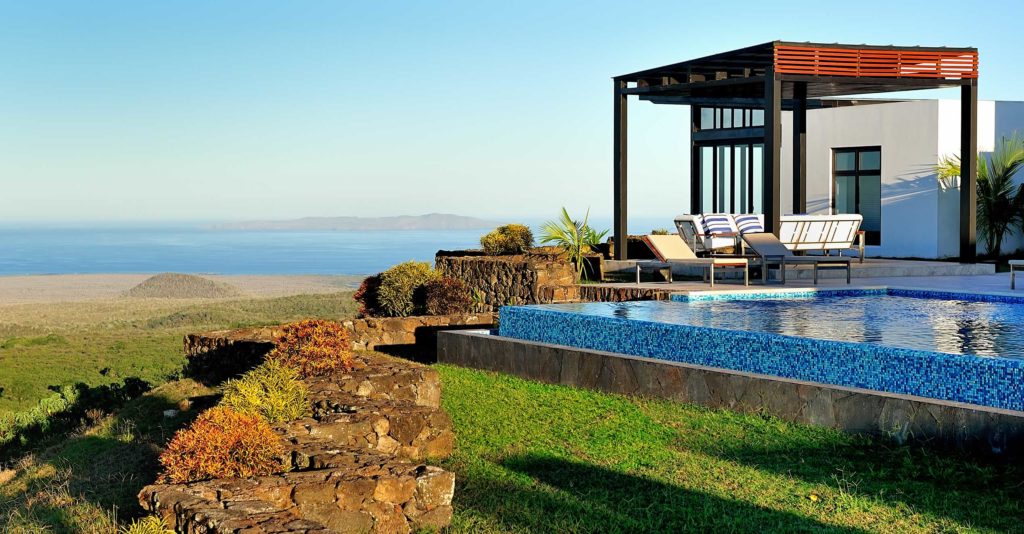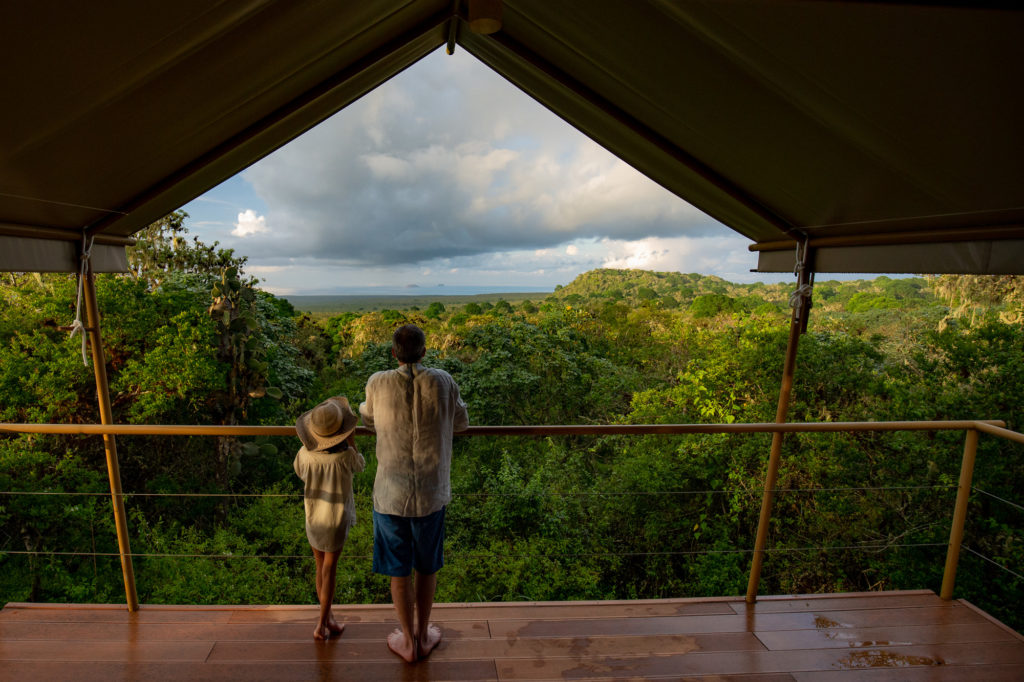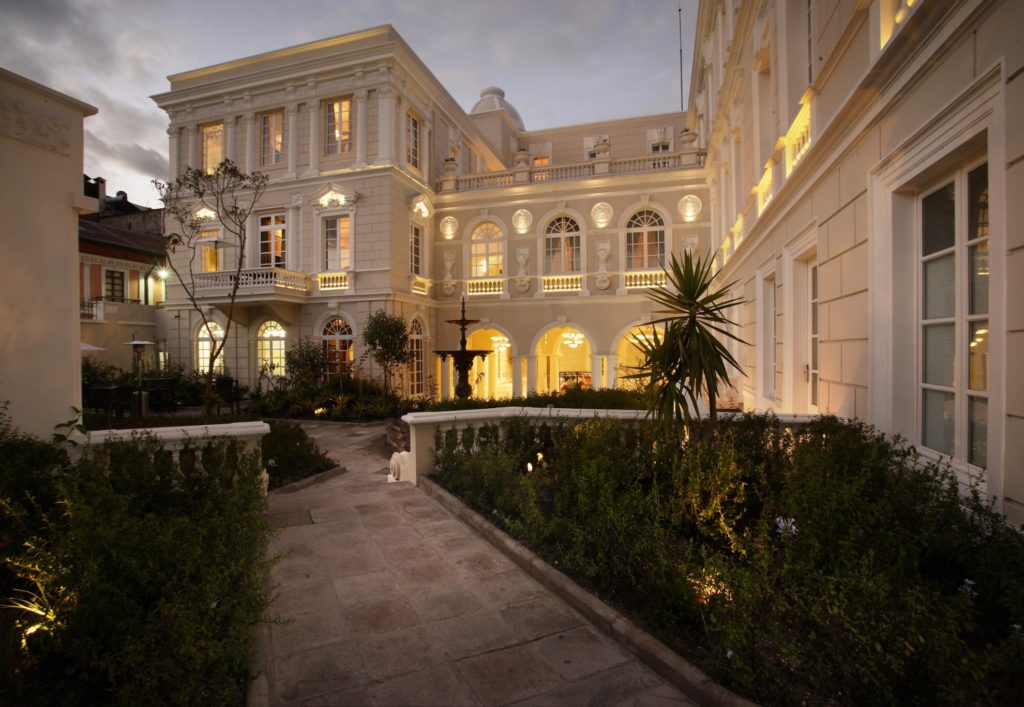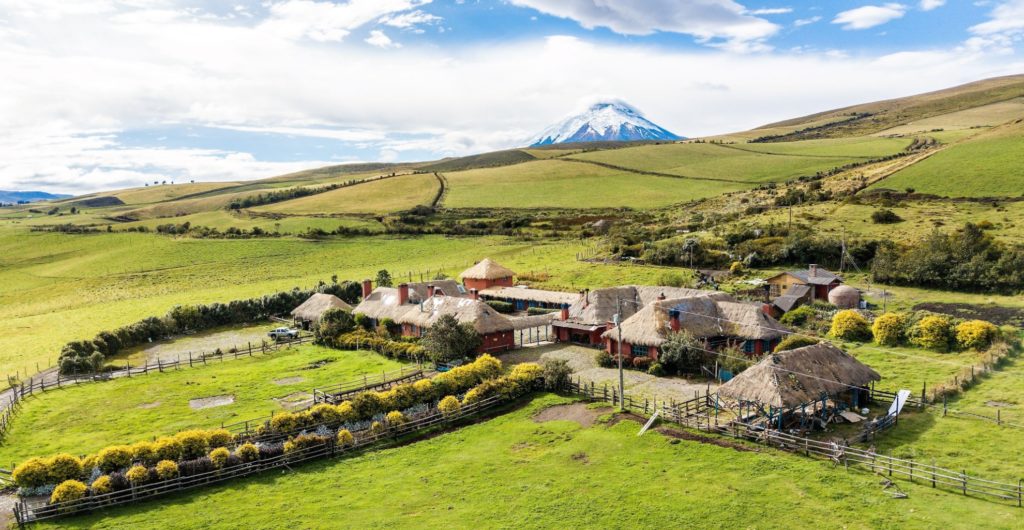Quick Facts
| Name | Republic of Ecuador |
| Population | 15.74 million |
| Capital | Quito |
| Language | Spanish |
| Currency | United States Dollar |
| Time Zone | ETZ (UTC−5) – Galapagos Time Zone (UTC −6) |
| Flag |
|
Climate
Ecuador is divided by two cordilleras which separate the mainland in three distinct regions. Sierra, Oriente and Costa (the mountains, the jungle, and the coast).
It’s worth it to remember that the country also possesses a fourth region – the Galapagos Islands, which in itself, is completely different from the rest of the nation due to its incredible nature.
This modest sized country displays all climates, such as tropical along the coast as well as the dry and or the cold beauty of the incredible Andes. It’s easy to fall in love with a country that has so much to offer in such an accessible manner – within few hours one can travel between different environments and experience the various climates. And even though the country, like many in South America, does not have very distinct seasons, the diversity of the land makes up for that fact.
Generally the seasons are divided by the quantity of rain. The ‘wetter’ season being typically between December through June, meanwhile, the dry season goes from July to November.
Sierra: temperatures fluctuate from 14 to 18°C. It is quite cooler with the altitude, especially at night. The rainy season is from December to May and the dry season from June to November.
Costa: the hottest season is from January to April during the rainy season.
Oriente: hot, humid and rainy, the temperatures in the Oriente vary from 24 to 28°C. It rains almost everyday but usually rainfall is harder from April to June.
The Galapagos Islands: the hot and rainy season is from January to April. The rest of year is cooler.
Culture
The name Ecuador comes from the line which divides the world, the equator. Ecuador is far from being a homogeneous country, it is the home of many native people and has one of the highest representation of indigenous people in Latin America. This beautiful country got initially colonized by the Spanish who brought a significant amount of African people as slaves, and later on, welcomed immigrants from Germany, Italy, Lebanon and parts of Asia.
Aside from Spanish, thirteen other languages are spoken in Ecuador, such as Quechua (spoken in the Sierra region which comes from the Quechua people – a pre Inca civilization) and Jivaroan (Oriente).
The Indigenous cultures are rich and varied, although there are general similarities. For example, although there are significant distinctions between the speakers of Quechua from the Andes or the Amazonia, when necessary causes are brought up, they are able to come together. These people identify themselves as Runa which translates to: fully human and their language as runa shimi that means “human speech” .
Despite possessing a high amount of Indigenous population, the Roman Catholic Church still holds a huge influence in the society in a very segmented way. Traditions such as going to the church on Sundays and images of saints and Jesus are very important to Ecuatorianos and around 74% of the population follows Catholicism. Indigenous catholics tend to blend their own beliefs with the Catholic traditions which makes for an unique religion.
For a long time, Ecuador faced a problem with alcohol consumption and dangerous driving, however it currently possesses strict rules regarding drinking. For example, after midnight it’s illegal to sell or drink alcohol. On Sundays, it is completely illegal.
But culture is taken seriously in Ecuador, and there are amazing ways to entertain oneself such as visiting the incredible pre-Incan ruins, the Natural Parks located everywhere, mountain biking in Cotopaxi, the second highest active volcano in the world or simply enjoying the museums and street art of the famous city of Cuenca. The artesania market in Otavalo is known for it’s impressive collection of typical handcrafted items.
Nature
One of the most amazing aspects of Ecuador is the effort put in the protection of its best feature – the nature and environment. Ecuador is known for its sustainability projects such as emphasis in sustainable tourism and conservation of water as well as the honorable Rights of Nature law.
The law was necessary due to the abusive past of Ecuadorian oil industry and it happened as a political, economic and social phenomena in response to these abuses.
It’s considered an important development to the protection of the environment all around the world.
The main idea is to make the citizens equally responsible for preserving and cherishing the nature as well as enforcing that the State itself will protect and enforce measures to protect endangered species, for example.
With places like Guayaquil, where one could initiate a tour through the Pacific coast, for example and enjoy a boardwalk admiring the river Guayas as well as enjoy the infamous Iguana park or places like Chimborazo, which is a volcano considered the farthest point from the centre of the Earth.
Did you know Ecuador has the biggest amount of different orchids in the world? It is also the home of 132 different species of hummingbirds. A country surrounded by green everywhere is also known for the amazing islands of Galapagos.
The Galapagos Islands
19 different islands considered the showcase of evolution of species and it is the very place that inspired the theory of Charles Darwin and it is the point of conjunction of three different oceans.
Due to volcanic activities and the isolation of islands, it became the birthplace of many different species of animals such as giant tortoises and land iguanas. In these islands it’s possible to snorkel or dive with many animals such as hammerheads sharks and mantas as well as the famous turtles, swimming iguanas and sea lions. Not to mention, of course, the many colorful fish.
These islands are also the home of a good quantity of many species that are not found anywhere else on the planet such as 80% of the birds, almost 100% of the reptiles and land mammals and a great amount of the marine species such as the giant tortoise.

